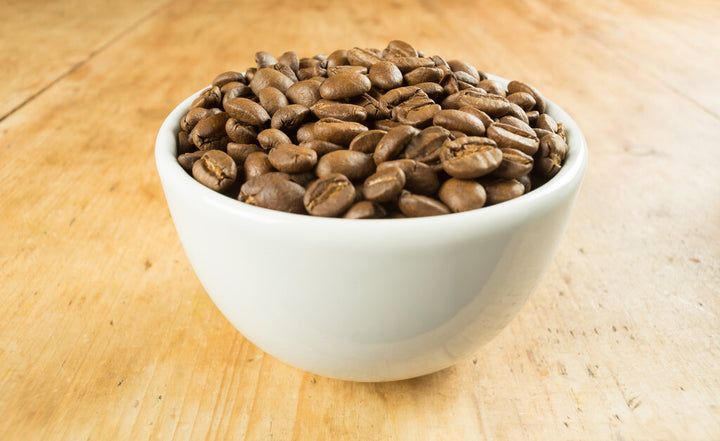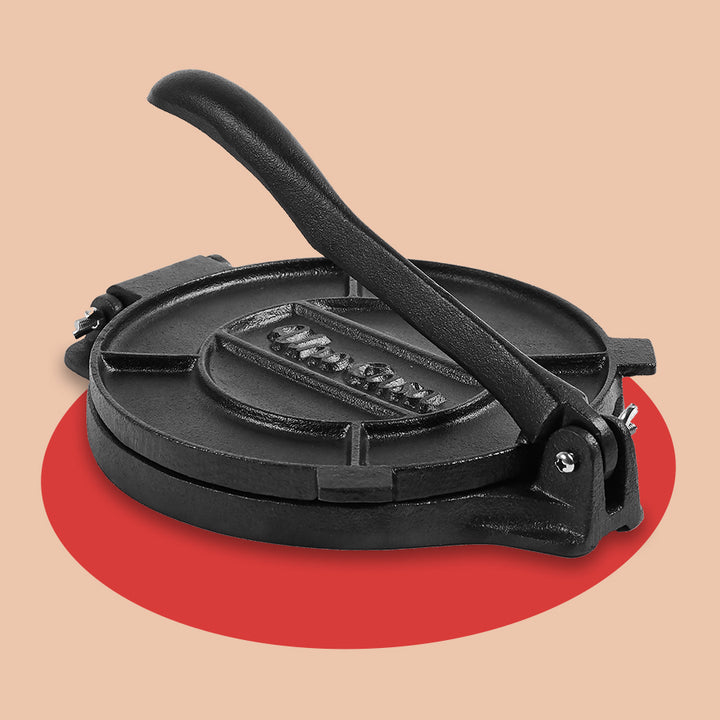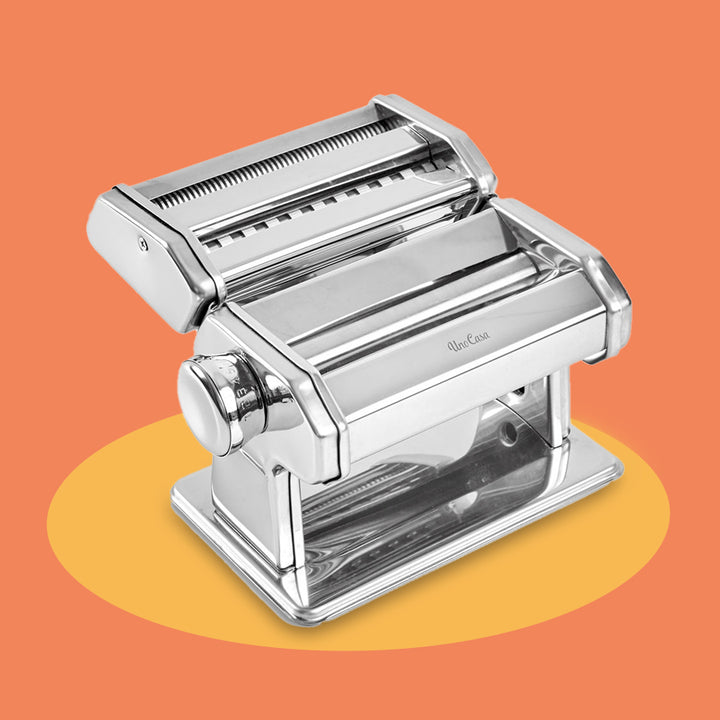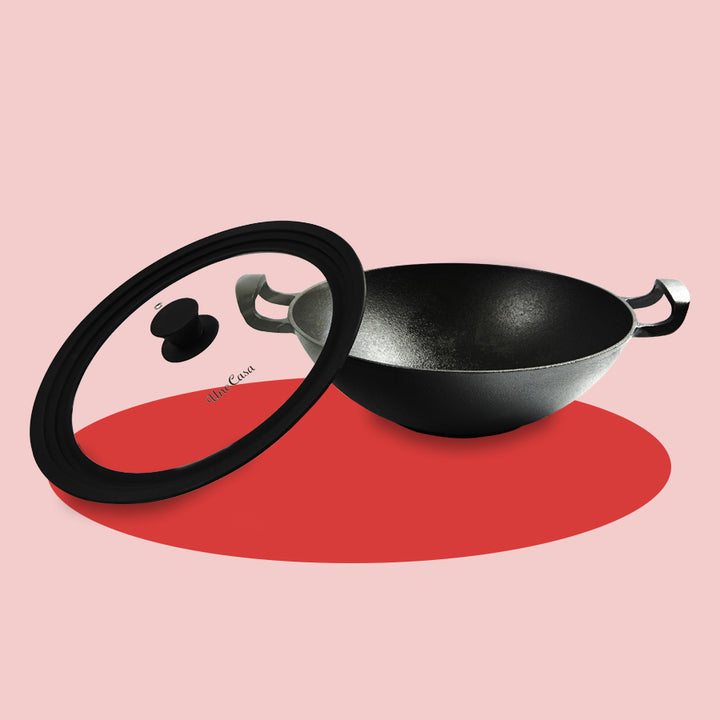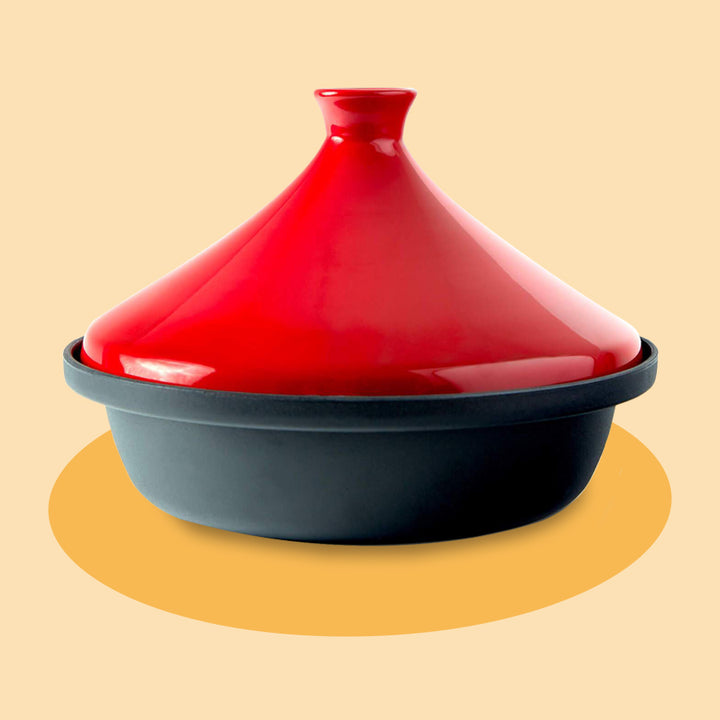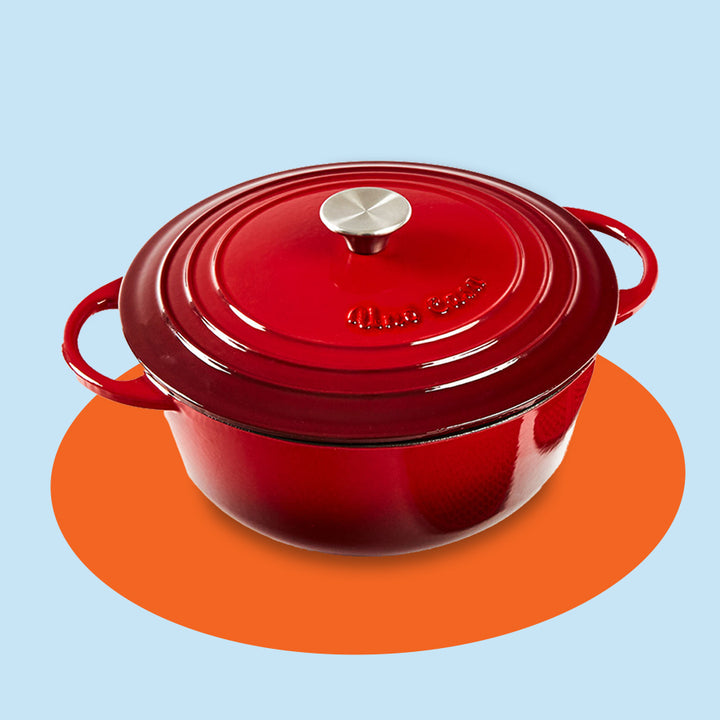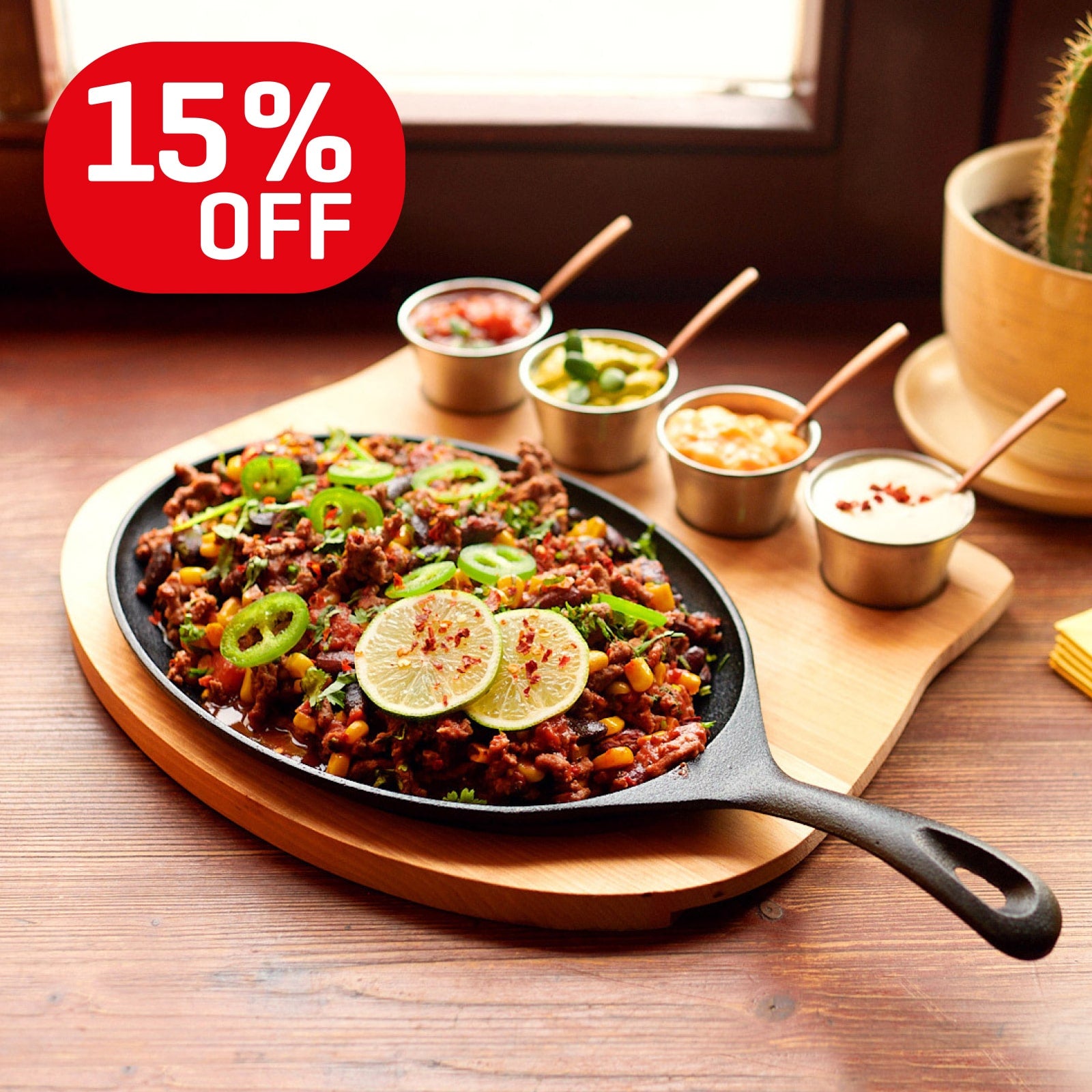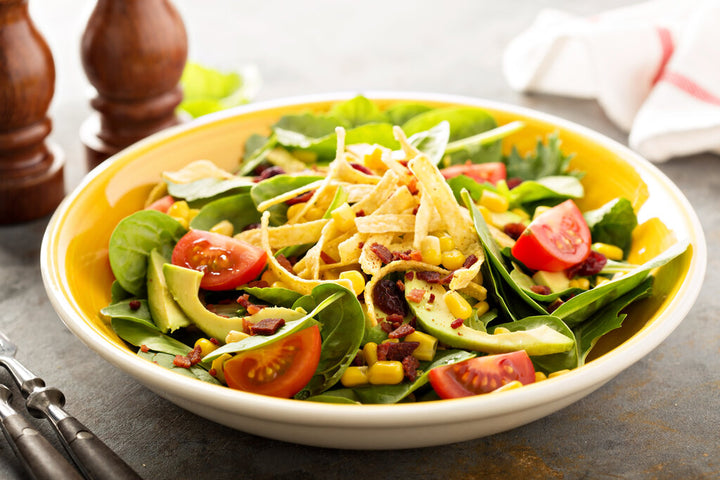Types Of Pasta: The Ultimate Guide

How many types of pasta are there? The answer to that question is longer than a piece of spaghetti! From fettuccine and tagliatelle to fusilli and penne, there are literally hundreds of different kinds of pasta that you could be making from the comfort of your kitchen!
But as any pasta connoisseur will quickly tell you, each type of pasta has its place in the culinary world. You don't use lasagna noodles to make a bolognese, and you would never use ravioli to make a carbonara.
Set up your trusty pasta maker, dust it down with flour, and use our handy guide to the types of pasta to get creative in the kitchen. Here's our ultimate guide to the many, many varieties of pasta!
What counts as pasta?
Before we start diving into the assortments of pasta that are most often used in cooking, let's take a quick look at what we actually consider to be pasta.
Defining what constitutes as pasta can actually be quite confusing. For starters, we often call pasta 'noodles,' but does that mean noodles are pasta? Not entirely, although they are similar.
Pasta is the name we give specifically to the type of shaped dough that we most commonly associate with Italian cuisine. Pasta can be made fresh or dehydrated and stored for later. Fresh pasta contains flour, egg, and water in varying quantities. Dried pasta usually only contains flour and water, but it can be stored for years at a time.
Importantly, regardless of the shape or variety, Italian pasta is supposed to contain only durum wheat, the traditional ingredient from which the pasta flour is produced. These days, however, there are many substitutes for durum wheat used to make gluten-free noodles while stretching the definition of what we call 'pasta.'
Pasta is most commonly associated with Italy, where we believe the most famous pasta dishes we know and love originated. It's true, the Italians took the art of preparing pasta and sauces to new heights, but the preparation techniques can actually be traced back to the Arab world, centuries before the Italians adopted pasta making. These days, pasta is found worldwide, and it's a staple for many households in the USA!
How many types of pasta are there?
Pasta dough can be shaped and thinned into hundreds of different variations. You could even use a pasta maker at home to prepare your own unique style of pasta if you wanted to!
You probably know the names of plenty of different pasta shapes and pasta varieties already. Common pasta types such as spaghetti and penne have a permanent place in most pantries. But have you ever heard of campanelle? Could you explain the difference between fettuccine and linguine?
The world of pasta is vast and varied, with experts estimating that there are at least 350 different types. And these are only the recognized ones. Many more exist in small towns and villages across Italy. Many more have yet to find their place in the culinary world.
Pasta shapes are hugely diverse, but most varieties will be split into one of two categories: long or short. Spaghetti, for example, counts as long, while fusilli counts as short!
What are the main types of pasta?
Here are the most popular types of pasta you can find in the supermarkets or start to handmake using a pasta machine at home.
With 350 different varieties to choose from, this list is by no means exhaustive.
#1 Spaghetti
No pasta shapes list is complete without spaghetti. This is probably the most iconic. These days, you can find it almost anywhere in the world. Spaghetti is long and thin, with a distinctive cylindrical look to it.
It's best known for being an essential ingredient in spaghetti bolognese or spaghetti and meatballs, two of the most widely eaten Italian-style dishes in the USA. You can create a wonderful array of dishes with spaghetti, though, so don't just limit yourself to tomato-based sauces. Spaghetti is delicious in a creamy carbonara sauce, while a simple chili oil complements these noodles particularly well.
#2 Fettuccine
Fettuccine is another long, thin pasta that's well known both inside and outside of Italy. Fettuccine is often the same length as spaghetti but is distinguished by its thickness. It's much thicker and flatter in comparison to the thin spaghetti noodles.
Fettuccine originated in the Rome and Tuscany regions of Italy. It was popularized in the early 20th century through the introduction of the famous dish fettuccine alfredo into culinary circles. Alfredo involves cooking in a creamy butter sauce and is topped with a cheesy parmesan finish.
Fettuccine means 'Little Ribbons' in Italian. Besides alfredo, its thickness lends the pasta well to heavy, creamy dishes.
#3 Linguine
Linguine is also part of the long pasta family and is somewhat similar to both spaghetti and fettuccine. Linguine is elliptical in shape (like spaghetti), but is closer in thickness to fettuccine.
Linguine originates from Liguria, which also happens to be the birthplace of pesto sauce. Linguine is often paired with pesto, or other light, oil-based dressings. Liguria is known for its seafood too, and so linguine is often the first pasta to be paired with shrimp or crab for seafood linguine!
#4 Tagliatelle
Sticking with long pasta, tagliatelle is a type of pasta known for being flat and wide. Tagliatelle originates from the Emilia-Romagna region of Italy, where it's best made fresh with eggs!
Tagliatelle can be paired with thick, heavy, or creamy sauces, given its size and thickness. Tagliatelle is commonly served with a thick meat ragu, especially in the city of Bologna, where bolognese sauce claims to have first been created (in fact, bolognese is traditionally served with tagliatelle rather than spaghetti!).
#5 Fusili
Fusili is a type of short pasta known for its unique spiral shapes. Fusilli is produced by spiraling or spinning strips of dough into a distinctive corkscrew shape.
Fusili recipes often pair the pasta with a selection of vegetables and oils, making this a light pasta that can be enjoyed with a wide range of accompaniments.
#6 Macaroni
Macaroni is another classic style of pasta that's best known for the comfort dish, mac and cheese. Macaroni is short pasta, much shorter than fusilli. Its slightly angular or curved shape has a tubular, hollow center.
Macaroni has a much longer history than the simple mac and cheese (which is an American, not Italian, favorite). Italians serve this pasta with simple garnishings and salt and pepper toppings, rather than heavy cream and cheese as in the US.
#7 Penne
Penne is one of the best known short Italian pasta, consisting of short, hollowed tubes with angular ends where the dough has been cut and shaped. Penne is intended to look like the nib of a fountain pen, where the name derives!
Penne is one of the most versatile types of pasta, and it often fills in when there's a lack of other styles around. You can use a penne in ragu, bolognese, or for creamy, cheesy alfredo.
#8 Lasagna
Lasagna differs greatly from the other pasta on our list because this popular noodle variant is long and very wide. Lasagna is produced in large sheets, using long strips of dough, cut into rectangles.
Lasagna is best used in oven-baked dishes, such as lasagna al Forno, where layer upon layer of delicious ragu is mixed with a cheesy, creamy sauce.
Bonus types of pasta
Gnocchi
Gnocchi is one of the pasta world's more confusing types of pasta. Is gnocchi truly a type of pasta, or is it more of a potato?
Gnocchi is a bit of both, combining mashed potato along with the standard flour and egg. You might also add some ricotta to the mixture for a creamy finish. Gnocchi is thick and heavy, so it goes exceptionally well with thicker, more decadent sauces.
Zoodles
Okay, so zoodles aren't technically pasta, but they are the best carb-free alternative to spaghetti, fettuccine, and linguine that you can get.
Zoodles have become somewhat of a trend, offering a gluten-free and healthier alternative to enjoy pasta dishes without the guilt of consuming all those pasta calories. Zoodles make use of traditional pasta shapes, and you can easily prepare them at home using zucchini and a spiralizer.
That's a lot of different types of pasta!
Okay, so that really is a lot of different pasta shapes and names. And we'll be honest; we've barely had enough space in this article to cover the most popular noodles. There are hundreds more unique pasta shapes and local delicacies that you can find not only across Italy but the world! With that many existing types of pasta, there's no coincidence that there are many types of pasta sauce as well!
It's time to liven up your pasta cooking skills by experimenting with some new noodles, from ravioli and lasagna to spaghetti and rigatoni. It's time to dust off the pasta maker, stock up on eggs and flour, and start hand-making all sorts of delicious types of pasta noodles at home!
What's your favorite pasta? We'd love to know!
Learn how to make your own delicious pasta at home - check out our FREE step-by-step guide:
Leave a comment
Comments will be approved before showing up.
Also in Tips
